Reviews 13 min read
The game changer for electric vans
The PSA Group has launched a new breed of medium-sized electric vans, which offer a choice of battery pack sizes without compromising on performance and features – we drive the Citroën ë-Dispatch
Discover EV expert verdict...
- Two class-leading driving ranges available
- Offers same advantages as the conventionally-powered Dispatch
- Smooth and comfortable driving experience
- Vauxhall Vivaro-e offers better residual values
- Cargo space isn’t biggest in class
- Disappointing cabin
Overview
Citroën has been in the Light Commercial Vehicle sector for 90 years so you could say they know a thing or two about the market, and the fact that their entire LCV range will be electrified by the end of next year speaks volumes. With rules and regulations changing in city centres with regards to CO2 emissions, the company want to provide their customers with an electrified solution without compromise or trade-off.
The ë-Dispatch is now available to order in the UK, which is the subject of our review, and it will be joined by an electric version of Relay at the end of the year and Berlingo next year. Efficient internal combustion engines will be offered as an alternative for buyers who need more driving range, but the ë-Dispatch should be able to meet the needs and expectations of most fleet and business users, for several reasons… Let’s find out more.
Driving
It is based on the same Groupe PSA EMP2 multi-energy platform that’s used on the new Citroën C5 Aircross SUV Hybrid, which means that it’s more car-like to drive than many rivals, but because it’s a van there’s enough space to house the batteries to make it fully electric without impacting on the volume and benchmark loading performance of Dispatch. The electric motor provides 136hp which enables the van to reach 0-62mph in 13.1 seconds, which may sound slow but with 192lb ft of torque available from zero mph for instant performance, it’s almost irrelevant.
Three driving modes are available to optimise range and performance: Normal (restricts power and torque to 109hp and 155lb ft), Eco (restricts power and torque to 82hp and 140lb ft and reduces the output of the heating and air-conditioning), and Power, which delivers vehicle performance at maximum payload equivalent to Normal mode when unladen. Whatever mode you’re in you’ll max out at 81mph.
When drivers deploy ‘Brake’ mode the vehicle will be able to harvest energy under braking or during deceleration, improving range by up to 10 per cent. It doesn’t quite enable one pedal driving, but for driving around town in low speeds, where you’re starting and stopping frequently, it’s perfect.
Using variable-stiffness springs with reinforced Pseudo McPherson struts and an anti-roll bar on the front and a new rear oblique triangle type suspension (utilising AMVAC shocks) on the rear, the Citroën ë-Dispatch offers a remarkably smooth ride. One of Citroën’s strengths when it comes to its cars is high levels of passenger comfort, and it’s no different when it comes to the van sector.
The pliant ride can be attributed to the new EMP2 platform, of course, but also the fact that PSA engineers started from the premise they’d need to make a smooth-riding MPV version. Disappointingly, the electrically assisted steering is very light and could benefit from giving you extra feedback, but it does feel secure and stable while cornering at least.
Driving with an empty load bay we did notice some reverberations through the metal bulkhead, but it wasn’t overly intrusive and with no noise or vibrations from the engine, it made for a very quiet and relaxing drive.
Range and running costs
The electric version of Dispatch is offered with two battery powertrains – giving two levels of vehicle range to suit different needs and budget - and the longer of these is very impressive. The 50kWh battery equipped ë-Dispatch offers 148 miles (available with XS and M body styles) suitable for the last-mile delivery sector, while the 75kWh battery version boasts up to 211 miles – which is impressive when you consider most electric vans can’t travel any more than 100 to 150 miles. During our short test drive in and around Coventry on a very cold day we were getting more miles than the range suggested, but expect that to drop with a full payload, just as you’d see with miles per gallon in a conventionally powered van.
The reason that electric vans have a lower range compared to vehicles is because of load volume and payload. Batteries are obviously heavy and take up space, so electric vans have to use smaller ones to strike a balance between range and practicality. Fortunately Citroën has used a lithium-ion battery pack that utilises some of the best-developed technology on the market that still allows payloads of up to 1262 kg (cost option upgrade) – a key requirement in this segment – without breaking the maximum 4250kg gross weight for alternatively fuelled small goods vehicles. Furthermore with towing capability of up to a tonne, it makes the ë-Dispatch the leader in its segment.
Most buyers (around 70 per cent) are expected to opt for the larger battery pack due to concerns about range anxiety. This is despite PSA's research suggesting that the smaller battery pack will cover the routine daily driving needs of 83 per cent of its van customers, which just goes to show people are still fearful of running out of charge – perhaps this will reduce as our infrastructure improves.
There are three options when it comes to re-charging. Home (business premises or car park) charging which requires a mode 2 cable (available as an accessory) and is compatible with a conventional domestic plug socket takes 7 hours 30 minutes for a 50kWh battery to charge from zero to 100 per cent (or 11 hours, 20 minutes for a 75kWh battery); private or public accelerated charging which requires a wall box at home and a mode 3 cable supplied as standard charges in 4 hours 45 minutes for a 50kWh battery (or 7 hours for a 75kWh battery); and super-fast charging at a public charging point up to 100kW can charge a 50 kWh battery to 80 per cent in 30 minutes (or 45 minutes for a 75 kWh battery).
To make charging easier for customers, Citroën UK has entered in to a partnership with Pod Point to supply and install wall boxes (with an extended five-year warranty) either at home or the workplace (including a free site survey), and is also working with POLAR to offer customers a free six month subscription to the POLAR Plus service (normally £7.85 per month) who provide a wide range of charging points across the UK.
Besides the obvious benefits of greener motoring for the environment, electric vans also offer lower running costs. For starters no internal combustion van – even fitted with the most frugal of diesel engines – can match the bang-for-buck offered by an electric van in terms of full charge versus full tank. We’re talking a few quid in electricity, here. Electric vans have fewer moving parts and so should prove cheaper to service and fix, too, you don’t need to pay vehicle excise duty and they’re obviously congestion charge exempt. While the initial purchase cost is usually higher (prices for the ë-Dispatch range from £25,053 to £34,380), the Government is still offering a plug-in vehicle grant, which will contribute up to a maximum of £8000!
Design
The Dispatch launched in 2016 and with almost 145,000 examples sold, Citroën wanted to integrate the electric version into the range without shouting about it – with the idea being that customers moving to zero emission vans shouldn’t see major differences.
So for starters, the only visually changes outside are the charging port on the left front wing, a blanked off front grille with an ë badge to the right of it and another on the left-hand rear door. As touched on earlier, it is available in three lengths depending on what battery you go for, including XS (4.6m long) which is unique in this segment and hugely practical for city use, M (4.95m long) and XL (5.30m long). Unlike the previous model, there’s only one roof height (1.90m) so it can go where many competitors cannot. On the flipside it restricts the size for stuff you can put inside and means that rivals have a bigger load space.
Inside you’ll notice an ë-Toggle gearbox controller on the central console for Park, Reverse, Neutral, Drive and Brake and a specific instrument unit with a battery charge indicator, along with a gauge showing the electrical consumption of the on-board electric climate control equipment (heating, air-conditioning). The built-in screen shows notably the energy flow and the vehicle state of charge.
The Dispatch’s 7 inch touchscreen also incorporates a completely new section in its menu for the electric version. Under Energy, the user can access the vehicle’s specific electric powertrain features including energy flow (shows operation of the electric drivetrain in real time with the driving mode selected, including the battery charge level), consumption statistics, delayed charging and thermal pre-conditioning.
Other than it’s as one would expect from a Dispatch, with a commanding view of the road, comfortable seats, generous cabin space, an ergonomic car-like dashboard and a plywood lined load area. Sadly the level of fit-and-finish is outdone by the likes of the VW Transporter and the Ford Transit Custom.
Comfort and practicality
We’re pleased to report that there’s no compromise on storage with nearly 100 litres of space cleverly positioned all around the cabin and ë-Dispatch offers the same advantages as the conventionally-powered Dispatch van when it comes to load volumes (ranging from the most compact at 4.6 m3 to a cavernous 6.6 m3) and payloads (up to 1262 kg). In addition, the lower glovebox is fitted with a jack-plug and 12V sockets. The Dispatch also benefits from sliding doors on both sides, which is not always standard on mid-sized panel vans, but on the downside if you are travelling three-up, the cabin feels very cramped and the driver has nowhere to rest their elbows on. There’s plenty of adjustment in all directions even for those over 6ft so they can at least get comfy in that respect.
Setting the Dispatch apart from many van rivals is the array of technology on offer. As such the ë-Dispatch comes in three well-specified trim levels. The ‘X’ version offers all the essential features you expect in a Citroën LCV, such as electric and heated door mirrors, electric parking brake, twin unglazed rear doors opening 180°, air-conditioning, DAB radio with Bluetooth, Citroën Connect Box with Emergency & Assistance function, and cruise control with a programmable speed-limiter.
‘Enterprise’ is arguably the most versatile version adding rear parking sensors, a Thatcham category one alarm, automatic headlights and windscreen wipers, 7 inch colour touchscreen with Apple CarPlay and Android Auto, and the Moduwork long-load system. This means the outermost passenger seat lifts and folds away, revealing the bulkhead hatch that allows an additional 1160mm of load length in what would otherwise be the footwell. A passenger can still use the middle seat, or that too can be folded to create a table with storage underneath.
‘Driver’ is made to be a mile-eater and anticipated to be the most popular, with the addition of driver assistance systems such as Active Safety Brake, driver attention alert (can tell if you’re straying out of a lane and warn accordingly), front parking sensors, smart beam headlights, lane departure warning system, blind-spot monitoring, Visio Park 180° rear parking camera (displays a view from above of the rear of the vehicle and zooms in automatically when reversing) and Citroën Connect Nav with voice recognition.
Some of these driver assistance systems are available as options, while those not included within the different trim levels include hands-free opening, keyless entry and start and head-up display (all unique to this segment), hill start assist, collision risk alert, Coffee Break Alert (tells drivers if they’ve been behind the wheel for more than two hours without a break), intelligent headlamp beam control, Grip Control (upgraded traction control to enable better progress on muddy tracks or other slippery conditions, and also includes all-season tyres), cruise control-speed limiter, speed limit sign recognition and recommendation and blind spot monitoring system. In addition ë-Dispatch offers three connected packages.
For added convenience you can manage the battery charging function via the MyCitroën app. This enables remote cabin pre-conditioning and helps with battery management by using an energy-consuming function while the vehicle is plugged in to improve on-board comfort when getting into the vehicle. You can also check the battery charging status and the operating range and delay charging for when your energy tariff gives a cheaper electricity rate.
Verdict
The Citroën ë-Dispatch offers all the advantages of the combustion-engine version in terms of character, dimensions, payload and carrying capacities, and driving aids, so unless you travel long-distances and there are no charging facilities when you get to your end destination, or you don’t have enough time to recharge en route, there’s no reason not to go electric.
An estimated 414,000 delivery vans are operating in the UK currently with each estimated to cover more than 13,000 miles a year. That’s an increase of 56 per cent since 2000, reflecting the UK’s increasing reliance on LCVs to deliver goods and services. Just one Citroën ë-Dispatch van covering more than 2000 miles would save more than 428kg of CO2 compared to an equivalent Diesel van. Just imagine if even half of the UK’s vans were electric and how much companies could cut their CO2 emissions (and clean up our air), not to mention reduce running costs. If it’s viable for you as a business it should be a no brainer.
As large city centres impose more stringent clean air zones, more manufacturers are launching new electric vans, and with it, the capability of what's on offer is increasing too, but the Citroën ë-Dispatch stands out for several reasons. It should prove cheap to run, delivers real-world range, good driving manners and offers Citroën’s latest safety equipment as standard.
Bar the cabin which leaves us a little disappointed, it’s a worthy contender for those that want an electric mid-sized van. You may want to consider the Vauxhall Vivaro-e based on identical underpinnings but with better residual value predictions, meaning it should cost less to own in the long-term, but other than that it’s a win in our book.
Update 05.10.21: Citroën has updated the ë-Dispatch range for 2022, reducing the price of all variants by £1000 as part of its ‘Fair Pricing’ policy. Trim levels are also renamed, and whilst there is a lower spec ‘X Pro’ trim level with a diesel engine, the ë-Dispatch starts at the mid-level ‘Enterprise Pro’ model and goes up to the top-spec ‘Driver Pro’. Prices, including the plug-in van grant are now from £26,450 for the Enterprise Pro in XS form, £27,150 for the M with a 50kWh battery and £32,150 with a £75kWh battery. The XL costs £28,050 with a 50kWh battery and £33,050 for the 75kWh unit. The Enterprise Pro is only available in M form with a 75kWh battery and costs £35,070.
Key Specs
2020 Citroën ë-Dispatch 75kWh (‘Driver’ trim, M wheelbase configuration)
Price (RRP OTR): £25,053 (including PiVG); model tested £34,380
Top speed: 81 mph
0-62mph: 13.1 seconds
Power: 136bhp
Torque: 192lb ft (260Nm)
Driving range: 211 miles
Power consumption: 24.7-24.9 kWh/100km
Charging time: 11 hours 20 minutes (0-100% at 7.4kW); seven hours (0-100% at 11kW); 45 minute (0-80% at 100kW)
Insurance group: 36E
Vehicle warranty: 2 year/unlimited mileage, plus additional 1 year/ 100,000 miles (from first registration) provided by the Citroën Dealer Network
Battery warranty: 8 years/100,000 miles for up to 70% of capacity

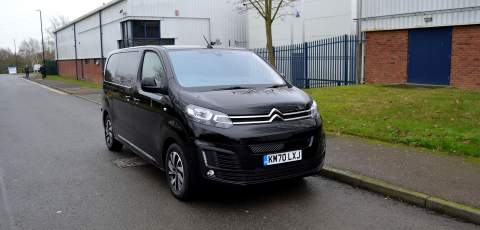



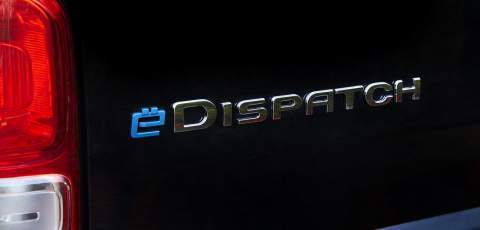

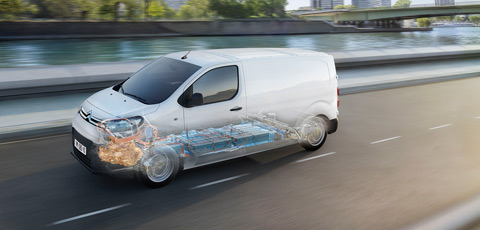

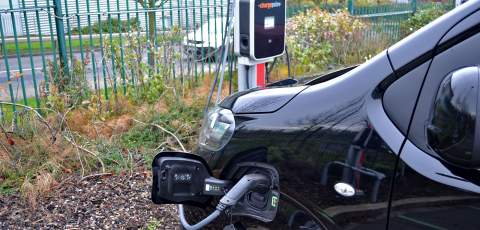

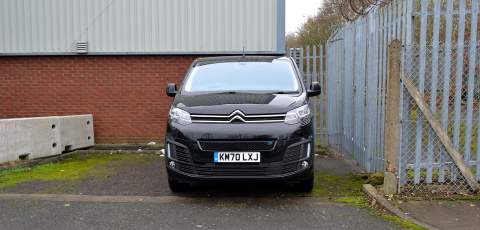

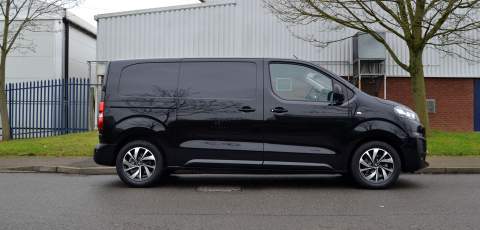

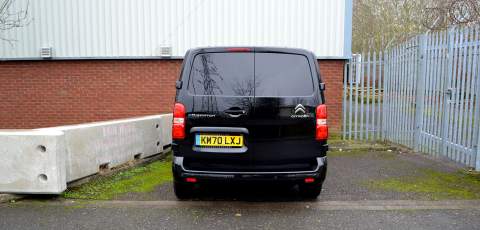

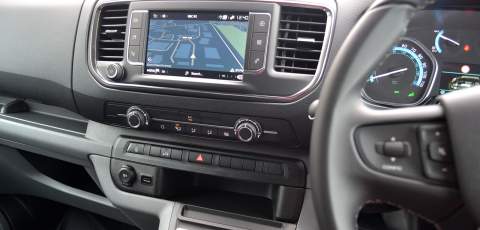

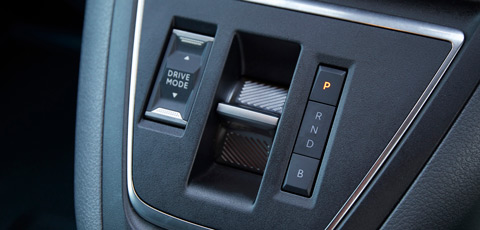

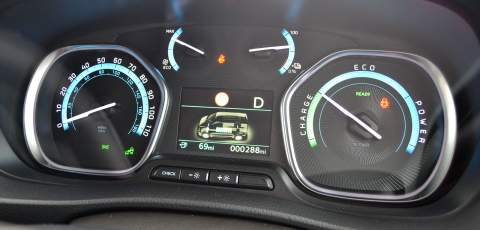

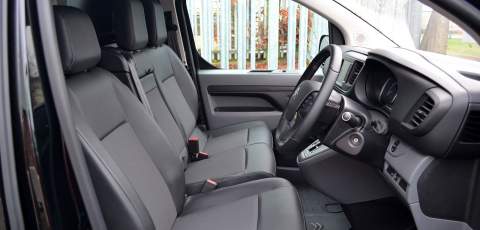

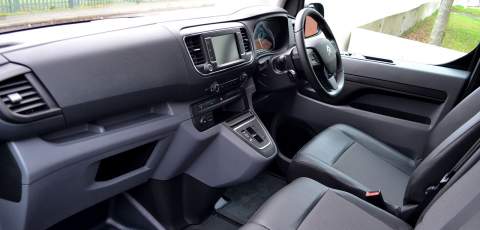

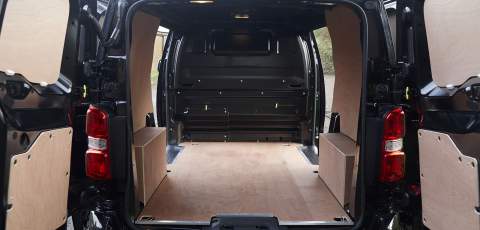

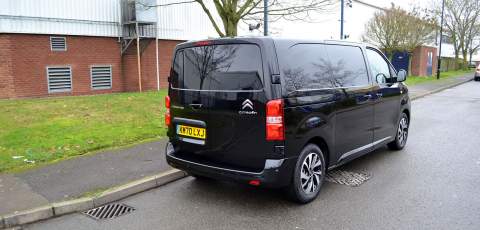


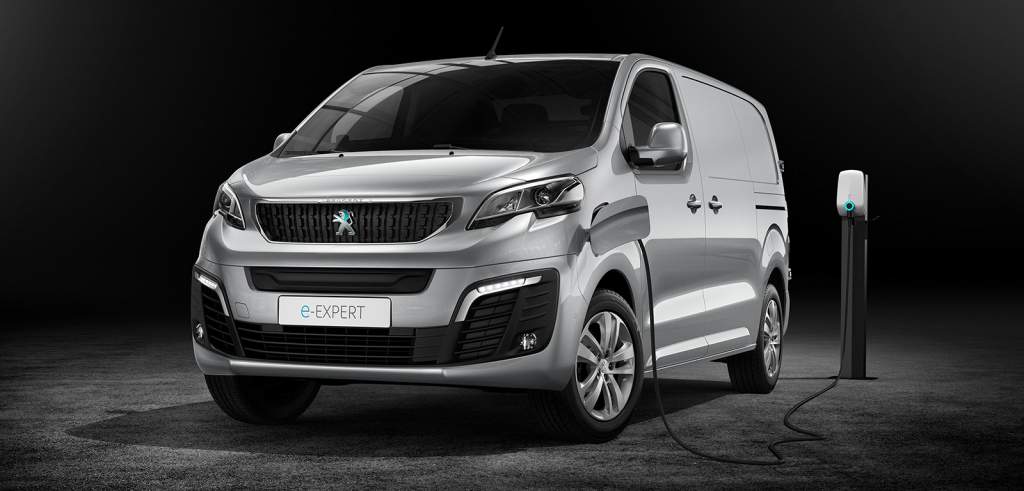
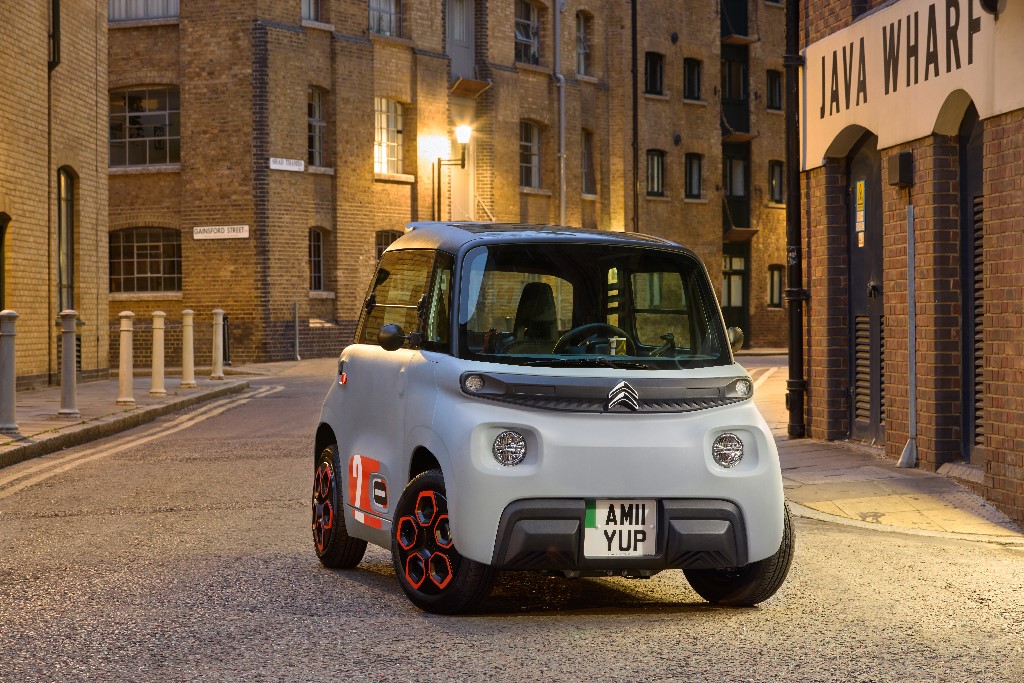
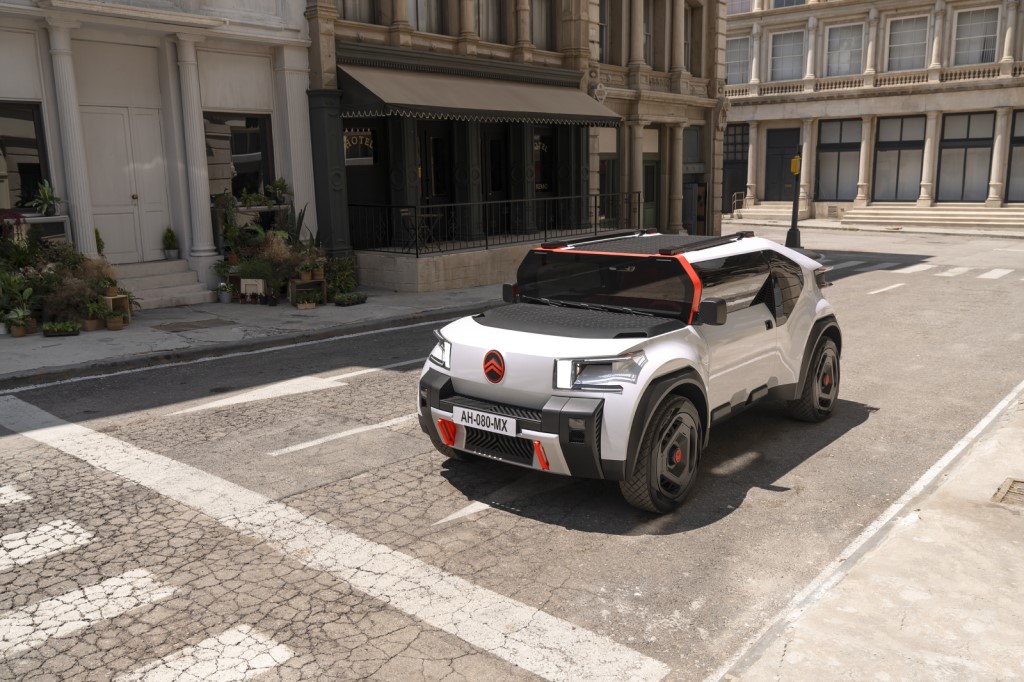




Comments (0)
Be the first to write a comment
Login/ Signup